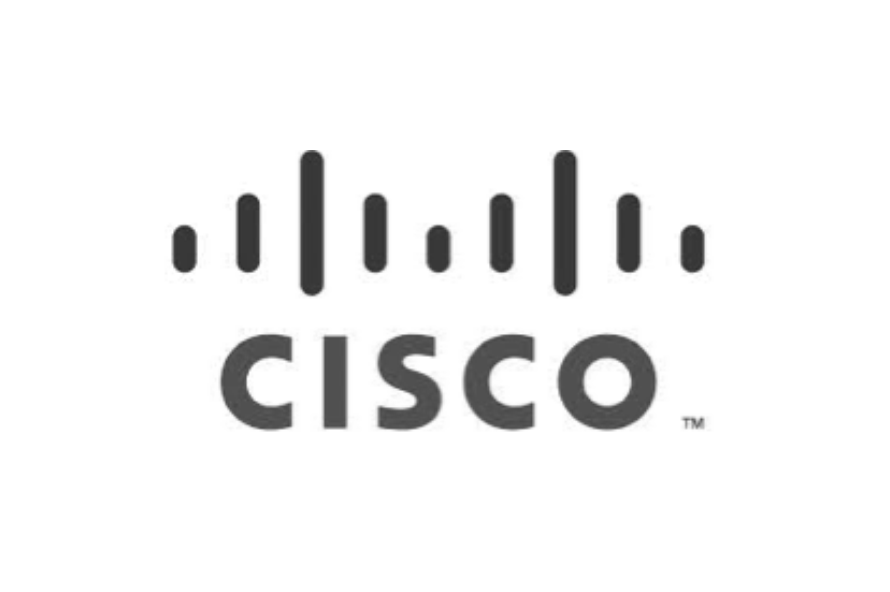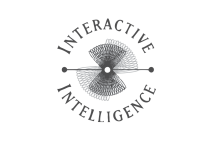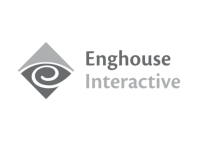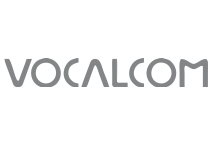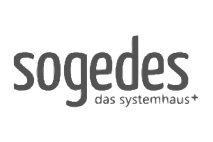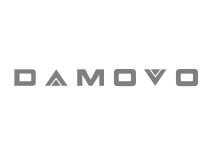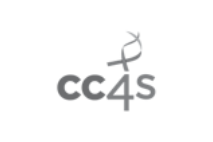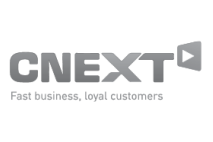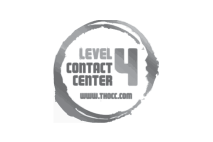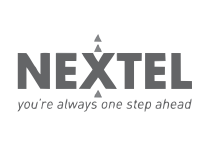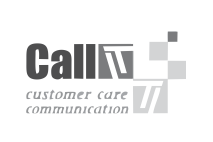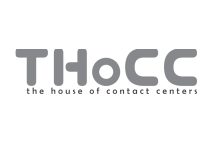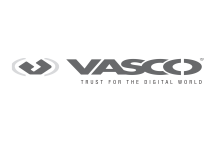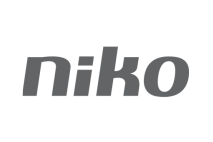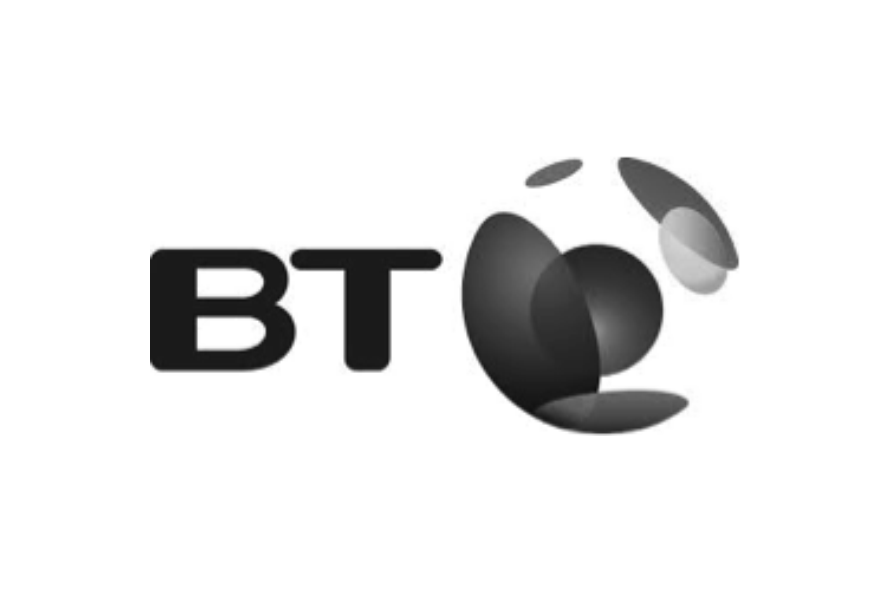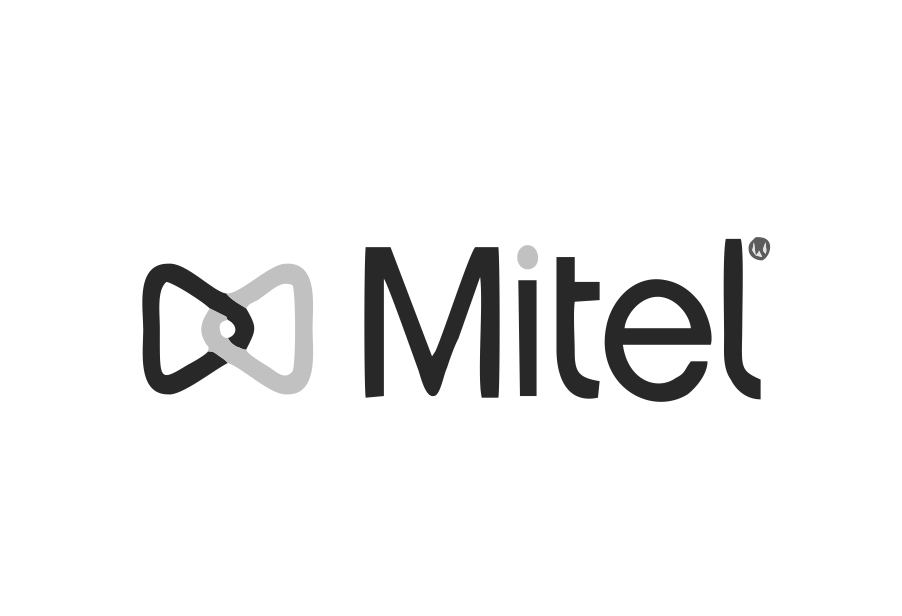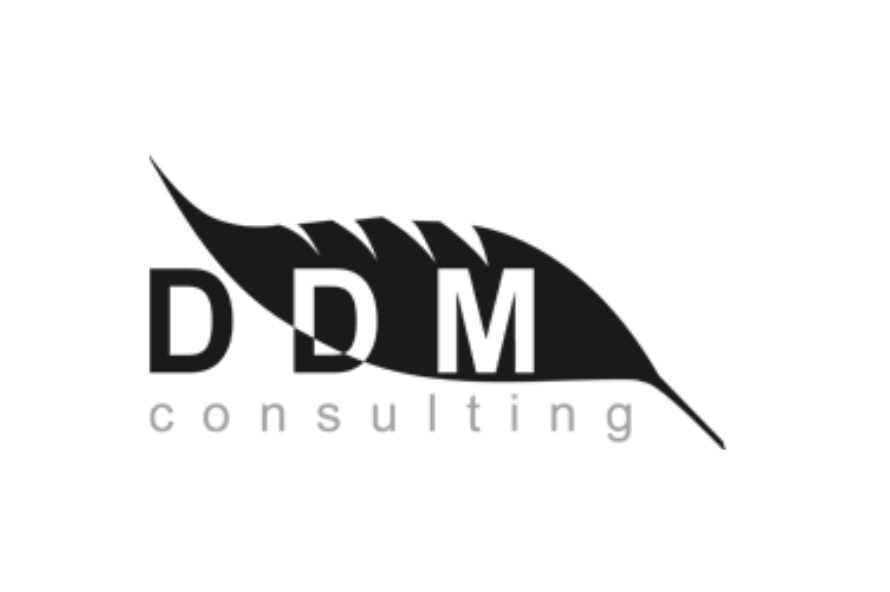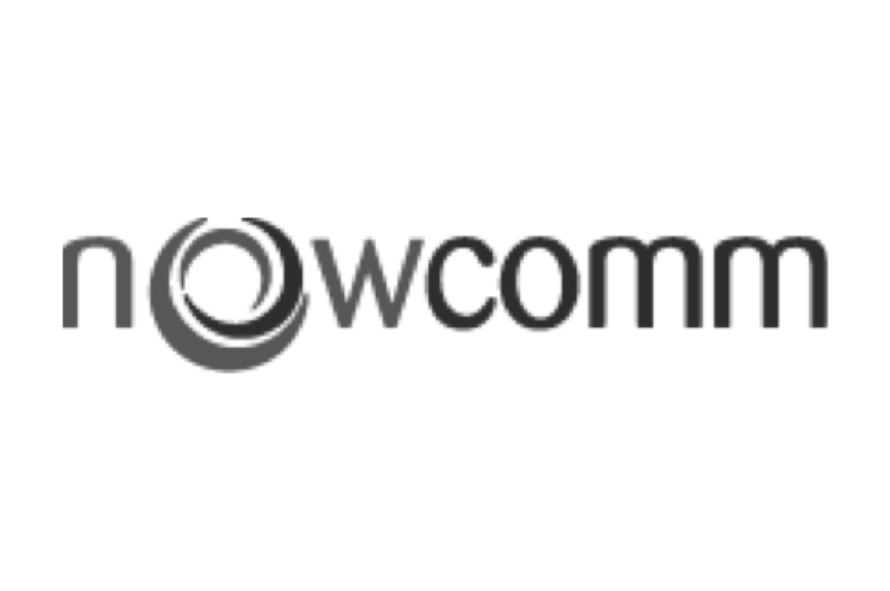The Problem
If your company makes use of a contact center, you know how much it depends on that service. The feedback from your clients and the quality and speed of your responses are invaluable assets. You may have made the decision to outsource the contact center or taken the plunge and organized one for yourself. In either case, you’ll be faced with certain challenges. Perhaps you’ll recognize this one?
Clients and prospects demand quick answers and good service. They also want to be able to reach an agent through the channel of their own choosing. Some prefer chatting, other like to pick up the phone. This is not at all surprising. Modern people are used to a wealth of communication channels and very quick, smooth interactions. They often experience quite a blast from the past when they try to establish contact with a major company.
So many companies are still only reachable by phone, requiring clients to sit through several minutes of phone-quality Mozart music before they finally get to talk to someone. Is it any surprise that clients often start the conversation already in a bad mood?
What’s causing it
Does any of this sound familiar? If so, why are so many contact centers experiencing these challenges?
Technology
One of the main reasons why these challenges creep up is because contact centers lack some technological options that should be pretty standard in this day and age, such as:
- Co-browsing
- Mobile support
- Social Media implementation
Data
In addition, many contact centers generally lack data or the distribution thereof. Imagine how much smoother your contact center would operate if you could use the data of an incoming call’s particular situation to immediately establish smart routing to the correct agent. The lack of contextual data about clients makes helping them a more arduous process, which negatively impacts the image of your company as well as the amount of clients the contact center can handle per day.
Logistics
If your company is making an attempt to include as many channels of communication as possible in the contact center’s services, that is laudable. The complexity of that can be rather overwhelming, though. Allowing multiple channels means keeping up with modern day communications technology, but it also convolutes the infrastructure of your client communication.
How it damages your company
The impact of these problems on your company is not to be underestimated. First of all, the AHT of your calls will be considerably higher than it should be.
First-time-right rates will be quite low, meaning that it takes two or three attempts before a problem is solved. And yes, the inevitable result is that customer retention will be lowered because of that. Don’t be surprised. This is normal because when interaction with a company turns out to be a frustrating process, clients will lose their loyalty.
Last but not least, due to a lack of information and understanding, a lot of companies will drop sales and miss sales because most people are much more likely to buy from a physical store or a salesman than online. This is because clients and prospects feel misunderstood in the digital environment, due to the problems mentioned before.
What you can do about it
So what should companies that use a contact center strive for? The final goal is this: to deliver the best customer experience by equipping the most appropriate agents with the right information at the right time.
If a company wants to find out how to reach this goal, they should contact SmartConnect.


